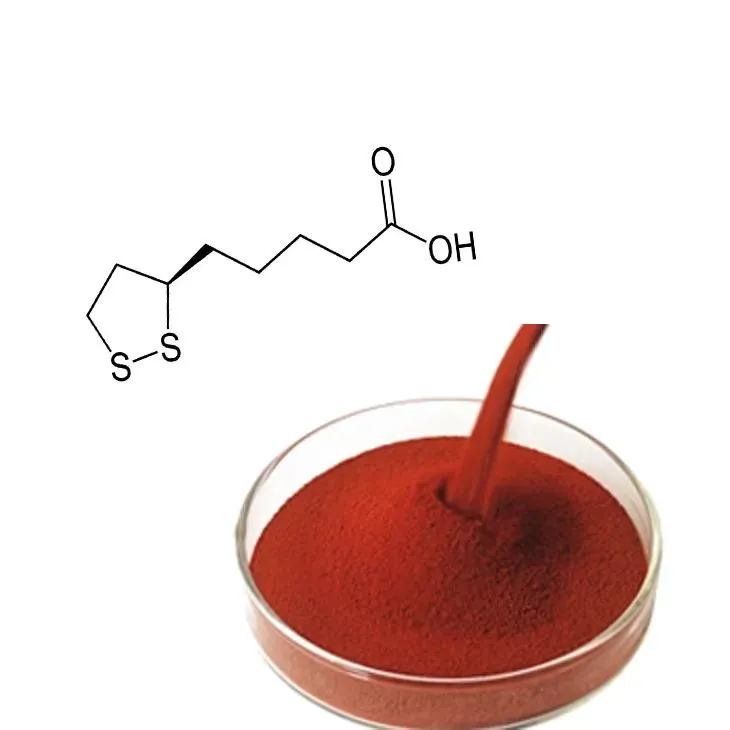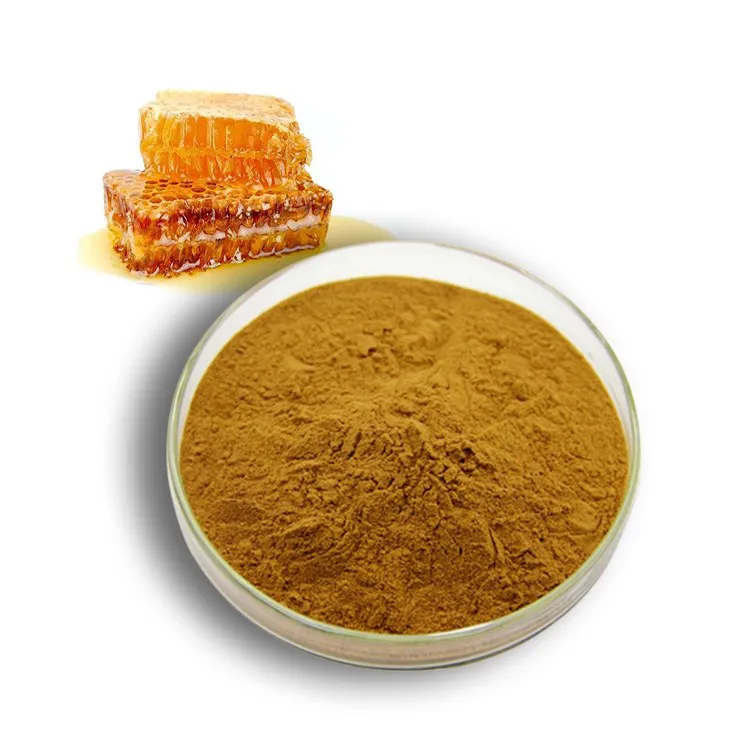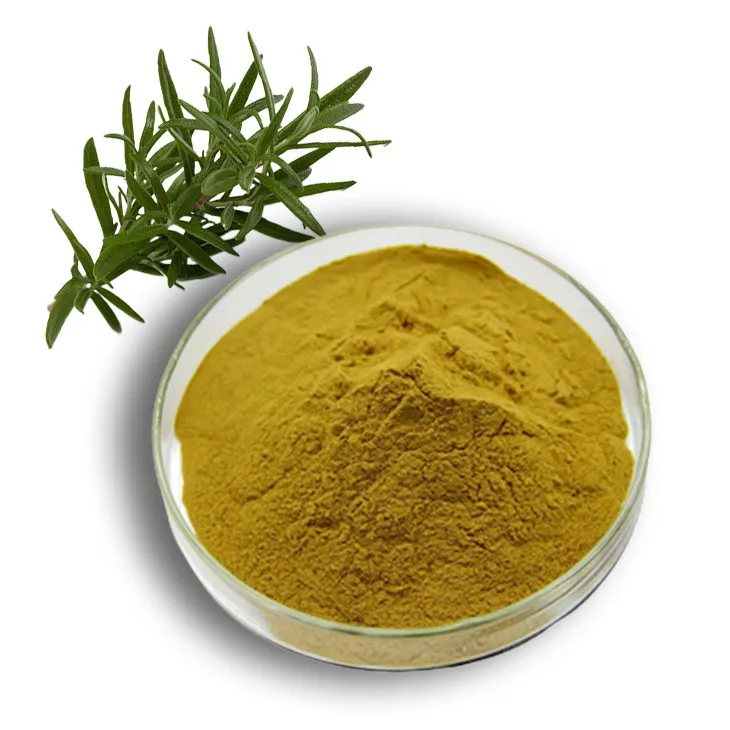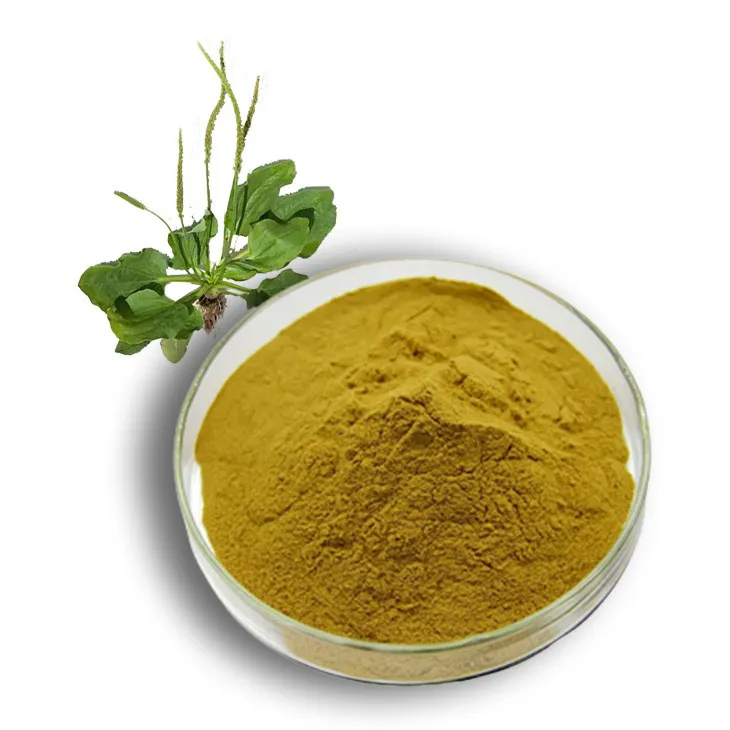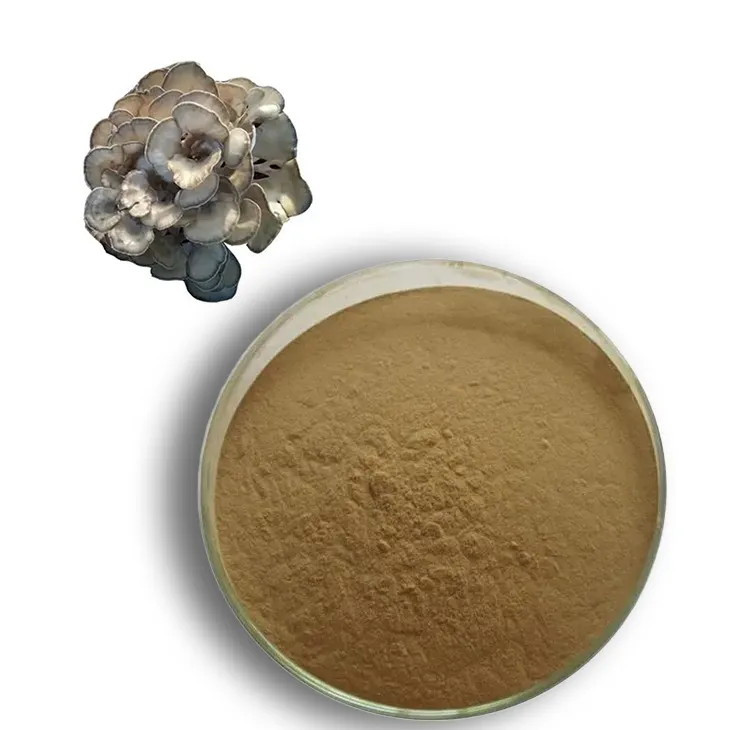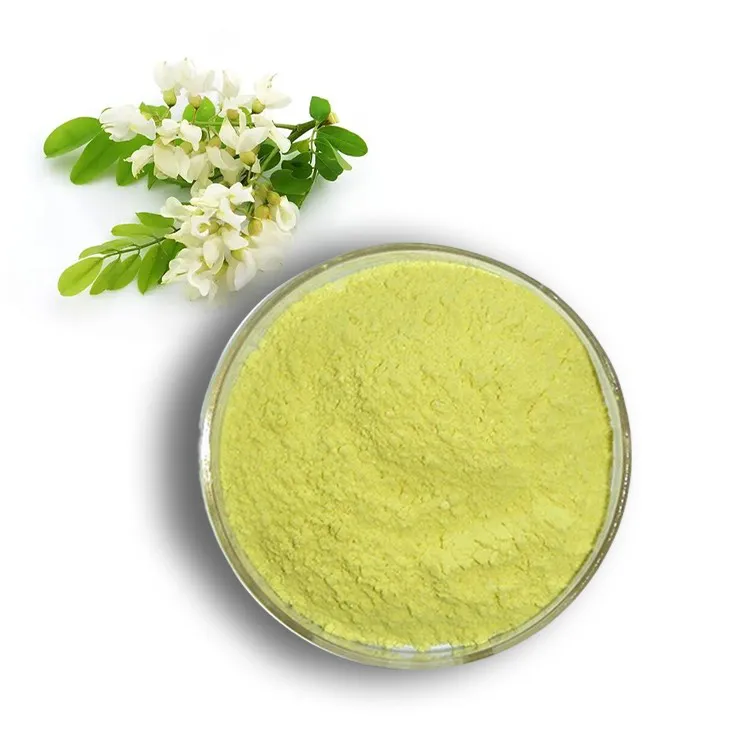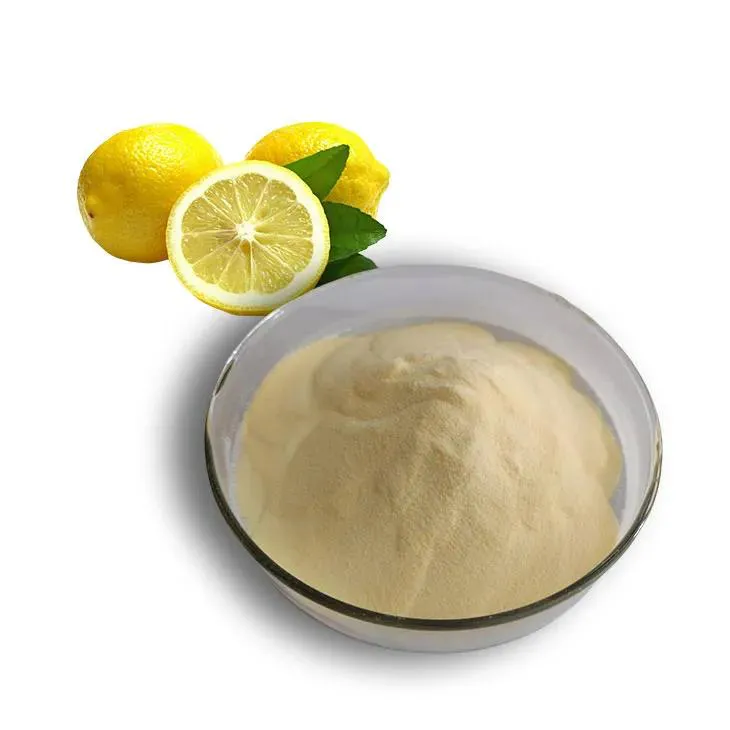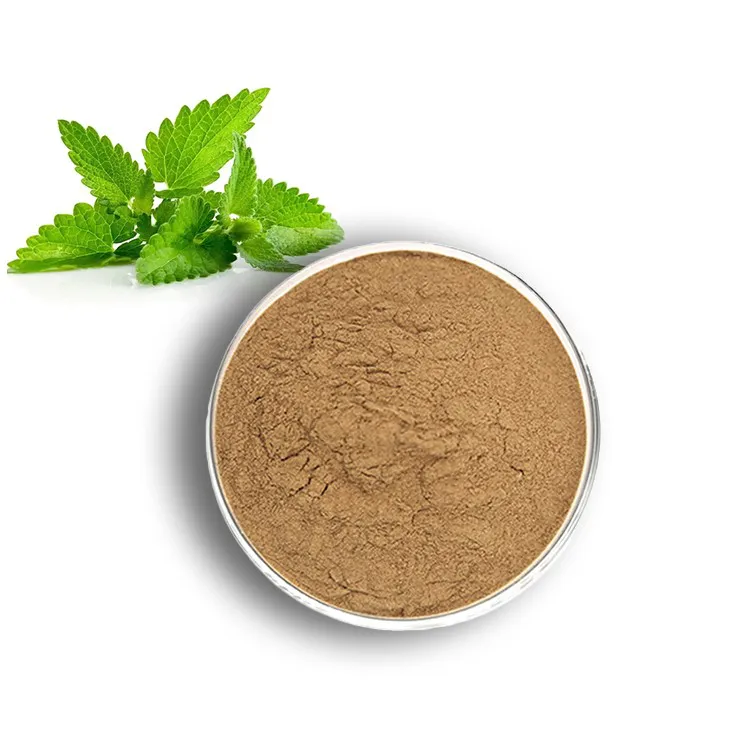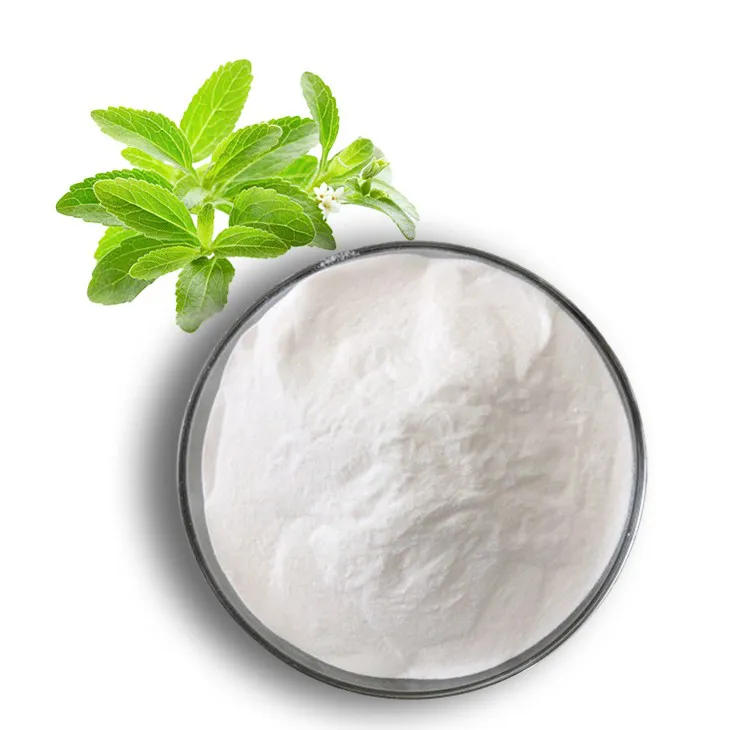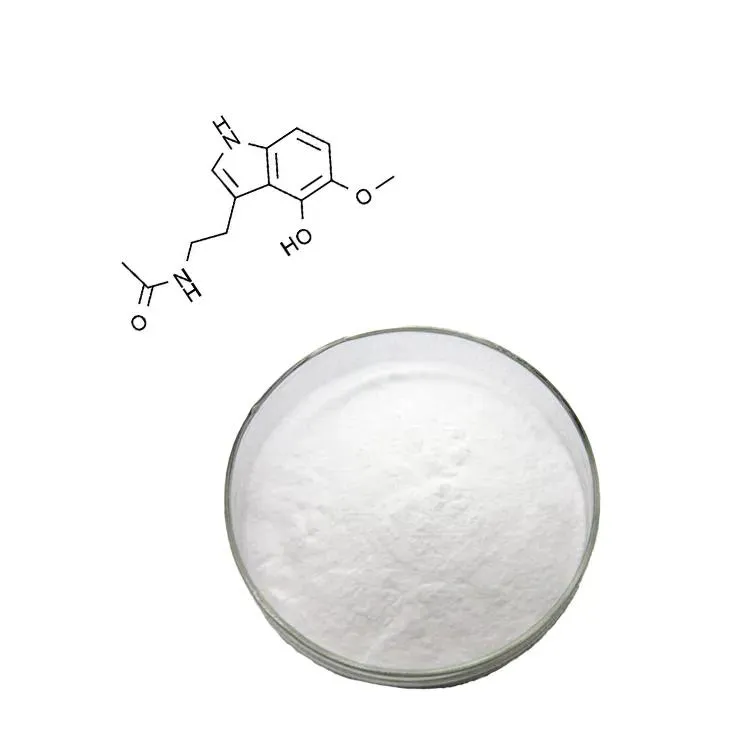- 0086-571-85302990
- sales@greenskybio.com
how much lycopene is in a watermelon
2023-09-27
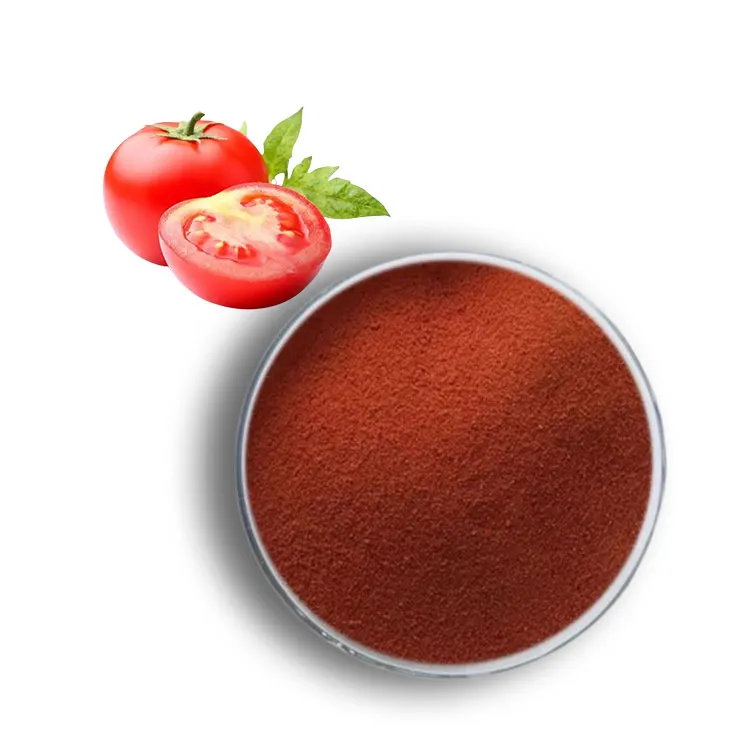
1. Lycopene Benefits
1. Lycopene Benefits
Lycopene is a powerful antioxidant and a phytochemical found in a variety of red-colored fruits and vegetables, including watermelon. It belongs to the carotenoid family, which is responsible for the vibrant colors of these foods. Lycopene has been linked to numerous health benefits, making it an essential nutrient to include in your diet.
1.1 Antioxidant Properties
Lycopene is known for its potent antioxidant capabilities. Antioxidants are vital for neutralizing free radicals in the body, which are unstable molecules that can cause damage to cells and contribute to various diseases. By combating these harmful molecules, lycopene helps protect the body from oxidative stress and the damage it can cause.
1.2 Cardiovascular Health
Research has shown that lycopene can help improve cardiovascular health. It has been associated with a reduced risk of heart disease, stroke, and other cardiovascular conditions. Lycopene's antioxidant properties help protect the heart by reducing inflammation and preventing the buildup of plaque in the arteries.
1.3 Skin Health
Lycopene is also beneficial for skin health. Its antioxidant properties can help protect the skin from damage caused by the sun's harmful UV rays, reducing the risk of skin cancer. Additionally, lycopene can improve skin elasticity and hydration, promoting a youthful appearance.
1.4 Anti-Inflammatory Effects
Lycopene has been found to possess anti-inflammatory properties. Inflammation is a common factor in many chronic diseases, including arthritis, asthma, and inflammatory bowel disease. By reducing inflammation, lycopene can help alleviate symptoms and improve overall health.
1.5 Cancer Prevention
Some studies have suggested that lycopene may play a role in cancer prevention. It has been shown to inhibit the growth of certain cancer cells and reduce the risk of developing prostate, lung, and stomach cancers.
1.6 Eye Health
Lycopene is also beneficial for eye health. It can help protect the eyes from age-related macular degeneration and cataracts, which are common causes of vision loss in older adults.
In conclusion, lycopene is a valuable nutrient with a wide range of health benefits. Incorporating foods rich in lycopene, such as watermelon, into your diet can help support overall health and well-being.
2. Watermelon Nutritional Profile
2. Watermelon Nutritional Profile
Watermelon is a refreshing and hydrating fruit that is not only delicious but also packed with essential nutrients. It is a staple in many diets, especially during the hot summer months. Let's take a closer look at the nutritional profile of watermelon to understand its health benefits.
Calories:
Watermelon is a low-calorie fruit, making it an ideal snack for those watching their calorie intake. A medium-sized watermelon (about 5 pounds or 2.3 kilograms) contains approximately 600 calories, but you would typically eat a much smaller portion.
Hydration:
Watermelon is composed of about 92% water, which makes it an excellent source of hydration. Staying hydrated is crucial for maintaining overall health and can help with digestion, circulation, and temperature regulation.
Vitamins:
Watermelon is a good source of several vitamins, including Vitamin A, Vitamin C, and Vitamin B6. Vitamin A is essential for maintaining healthy vision, skin, and immune function. Vitamin C plays a vital role in the immune system, skin health, and collagen production. Vitamin B6 is important for brain development and function, as well as the production of neurotransmitters and red blood cells.
Minerals:
This fruit is also rich in minerals such as potassium, magnesium, and phosphorus. Potassium is crucial for maintaining a healthy blood pressure and proper muscle and nerve function. Magnesium is important for bone health, muscle function, and energy production. Phosphorus is a component of bones and teeth and plays a role in energy storage and utilization.
Fiber:
Watermelon contains dietary fiber, which is essential for maintaining a healthy digestive system. Fiber can help prevent constipation, lower cholesterol levels, and regulate blood sugar levels.
Sugars:
While watermelon does contain natural sugars, it has a relatively low glycemic index, which means it does not cause a rapid spike in blood sugar levels. This makes it a suitable fruit for those with diabetes or those looking to manage their sugar intake.
Antioxidants:
Although not as high in antioxidants as some other fruits, watermelon does contain some beneficial antioxidants, including lycopene, which is the focus of this article.
In summary, watermelon is a nutritious fruit that offers a variety of health benefits. It is low in calories, high in water content, and provides a range of essential vitamins, minerals, and fiber. While it may not be the most antioxidant-rich fruit, it does contain lycopene, which has its own unique set of health benefits. Incorporating watermelon into your diet can be a tasty and healthy way to stay hydrated and boost your nutrient intake.
3. Lycopene Content in Watermelon
3. Lycopene Content in Watermelon
Lycopene is a powerful antioxidant and a key nutrient found in watermelon. It is responsible for the fruit's vibrant red color and is also known for its health-promoting properties. The lycopene content in watermelon can vary depending on several factors, such as the variety of watermelon, ripeness, and growing conditions.
On average, a medium-sized watermelon (about 5 pounds or 2.3 kilograms) contains approximately 6 milligrams of lycopene. However, this value can range from 4 to 10 milligrams, depending on the factors mentioned earlier. It is important to note that lycopene is fat-soluble, which means that consuming watermelon with a source of healthy fats can enhance its absorption and bioavailability.
Watermelon is considered a good source of lycopene, especially when compared to other commonly consumed fruits. While tomatoes and tomato-based products are often recognized as the primary sources of lycopene, watermelon can also contribute significantly to your daily lycopene intake.
In addition to lycopene, watermelon is also rich in other nutrients, such as vitamins A and C, potassium, and fiber. These nutrients work synergistically with lycopene to provide a range of health benefits, making watermelon a nutritious and delicious addition to a balanced diet.
Understanding the lycopene content in watermelon can help you make informed choices about your fruit consumption and ensure that you are getting the most out of this refreshing and healthful fruit. In the following sections, we will explore factors that affect lycopene absorption and provide tips on how to maximize lycopene intake from watermelon.
4. Factors Affecting Lycopene Absorption
4. Factors Affecting Lycopene Absorption
Lycopene is a fat-soluble nutrient, which means its absorption in the body is influenced by the presence of dietary fats. Several factors can affect the amount of lycopene that is absorbed from watermelon or any other food source containing this nutrient. Understanding these factors can help you maximize the health benefits of lycopene.
Dietary Fat Intake: As mentioned earlier, lycopene absorption is enhanced when consumed with dietary fats. Including healthy fats such as avocado, olive oil, or nuts with your watermelon can improve the bioavailability of lycopene.
Cooking Methods: Cooking watermelon or processing it into juice can increase the bioavailability of lycopene. The heat involved in cooking can break down cell walls, making it easier for the body to access and absorb lycopene.
Ripening: The ripeness of the watermelon can also impact lycopene levels. Riper fruits tend to have higher concentrations of lycopene compared to underripe ones. However, it's essential to strike a balance, as overripe fruits may lose some of their nutritional benefits.
Storage Conditions: Proper storage of watermelon can help preserve its lycopene content. Keeping watermelon at room temperature and consuming it within a few days of purchase can help maintain its nutritional value.
Genetic Variability: Different watermelon varieties can have varying levels of lycopene. Some cultivars are bred for higher lycopene content, which can affect the overall absorption.
Individual Differences: Each person's body may absorb lycopene differently due to factors such as age, health status, and gut microbiome. These individual differences can impact the effectiveness of lycopene absorption.
By considering these factors, you can optimize your lycopene intake from watermelon and harness its numerous health benefits. Incorporating watermelon into your diet in various forms and combining it with healthy fats can help you get the most out of this nutrient-rich fruit.
5. How to Maximize Lycopene Intake from Watermelon
5. How to Maximize Lycopene Intake from Watermelon
To maximize the lycopene intake from watermelon, it's essential to understand how to choose, prepare, and consume this fruit effectively. Here are some tips to help you get the most out of watermelon's lycopene content:
1. Choose the Right Watermelon: Opt for ripe watermelons, as they tend to have a higher lycopene content. Look for a symmetrical shape, a creamy yellow spot on the bottom where it rested on the ground, and a deep, even green rind. A ripe watermelon should also have a dull, matte finish rather than a shiny appearance.
2. Cut and Serve at Room Temperature: While watermelon can be served chilled, consuming it at room temperature can enhance the bioavailability of lycopene. This is because lycopene is more soluble in oils at warmer temperatures, making it easier for your body to absorb.
3. Include Healthy Fats: Pair watermelon with a source of healthy fats, such as avocado, olive oil, or nuts. The fats help to increase the absorption of lycopene in your body.
4. Blend or Puree: Blending or pureeing watermelon can break down the cell walls, which makes lycopene more accessible for absorption. You can use watermelon in smoothies or as a base for a refreshing gazpacho soup.
5. Cook with Watermelon: Cooking watermelon can also increase the bioavailability of lycopene. Try grilling watermelon slices or incorporating it into a salad with warm ingredients like grilled chicken or vegetables.
6. Eat the Rind: While the flesh of the watermelon is the most commonly consumed part, the rind also contains lycopene. You can pickle the rind or use it in stir-fries and other dishes.
7. Store Properly: To maintain the lycopene content, store your watermelon at room temperature until it's ripe. Once ripe, it can be refrigerated to slow down the ripening process and preserve its nutrients.
8. Consume Regularly: Incorporate watermelon into your diet regularly to ensure a consistent intake of lycopene. It can be a refreshing addition to your meals or a healthy snack on its own.
By following these tips, you can maximize the lycopene intake from watermelon and enjoy the numerous health benefits it offers. Remember, a balanced diet that includes a variety of fruits and vegetables is key to maintaining overall health and well-being.
6. Watermelon Varieties and Lycopene Levels
6. Watermelon Varieties and Lycopene Levels
Watermelons come in a variety of types, each with its own unique characteristics and nutritional content. The lycopene levels in watermelon can vary depending on the variety, as well as other factors such as growing conditions and ripeness. Here, we will explore some of the most common watermelon varieties and their lycopene content.
6.1 Common Watermelon Varieties
There are several types of watermelons that are commonly found in markets and grocery stores. Some of the most popular varieties include:
1. Seeded Watermelon: This is the traditional type of watermelon that most people are familiar with. It has a high lycopene content, especially in the red flesh.
2. Seedless Watermelon: As the name suggests, this variety of watermelon does not have seeds. It is a hybrid variety that is often sweeter and has a thinner rind than seeded watermelons.
3. Yellow Flesh Watermelon: This variety has a unique yellow flesh instead of the traditional red. It is sweeter and has a slightly different flavor profile than red flesh watermelons.
4. Mini Watermelon: These are small, bite-sized watermelons that are perfect for snacking or adding to salads. They have a similar nutritional profile to larger watermelons.
5. Icebox Watermelon: This variety is known for its small size and sweet, juicy flesh. It is often used for making watermelon pickles.
6.2 Lycopene Levels in Different Watermelon Varieties
While all watermelons contain lycopene, the levels can vary depending on the variety. Here is a general overview of the lycopene content in some common watermelon varieties:
1. Seeded Watermelon: This variety typically has the highest lycopene content, with up to 14 mg per 100 grams of red flesh.
2. Seedless Watermelon: The lycopene content in seedless watermelons can vary, but it is generally lower than that of seeded watermelons. On average, it contains around 6-8 mg of lycopene per 100 grams of red flesh.
3. Yellow Flesh Watermelon: While the yellow flesh watermelon has a different color, it still contains lycopene. However, the lycopene content is usually lower than that of red flesh watermelons, with around 3-5 mg per 100 grams.
4. Mini Watermelon: The lycopene content in mini watermelons is similar to that of larger watermelons, with around 6-8 mg per 100 grams of red flesh.
5. Icebox Watermelon: The lycopene content in icebox watermelons can vary depending on the specific variety, but it is generally lower than that of seeded watermelons. On average, it contains around 4-6 mg per 100 grams of red flesh.
6.3 Factors Affecting Lycopene Levels in Watermelons
Several factors can affect the lycopene levels in watermelons, including:
1. Ripeness: Watermelons that are fully ripe tend to have higher lycopene content than underripe or overripe ones.
2. Growing Conditions: Factors such as sunlight, soil quality, and water availability can impact the lycopene content in watermelons.
3. Storage: Lycopene levels can decrease over time, so it is best to consume watermelons soon after they are harvested.
4. Processing: Cooking or processing watermelons can also affect their lycopene content. For example, boiling watermelons can cause a loss of lycopene, while roasting or grilling can help to preserve it.
In conclusion, watermelons are a delicious and nutritious fruit that can provide a range of health benefits, including a boost in lycopene intake. While the lycopene content can vary depending on the variety and other factors, incorporating different types of watermelons into your diet can help to maximize your lycopene intake and support overall health.
7. Conclusion
7. Conclusion
In conclusion, watermelon is a delicious and refreshing fruit that offers a variety of health benefits, particularly due to its high lycopene content. Lycopene is a powerful antioxidant that can help reduce the risk of chronic diseases, improve heart health, and support skin health. While the exact amount of lycopene in a watermelon can vary depending on factors such as variety, ripeness, and growing conditions, it is clear that watermelon is a valuable source of this nutrient.
To maximize lycopene absorption, it is recommended to consume watermelon in its whole form, as the fiber and other nutrients can enhance the bioavailability of lycopene. Additionally, choosing watermelon varieties with higher lycopene levels, such as red-fleshed varieties, can help increase your intake of this beneficial compound.
Incorporating watermelon into your diet is not only a tasty way to stay hydrated during the summer months, but it also provides numerous health benefits. By understanding the nutritional profile of watermelon and the factors that can affect lycopene absorption, you can make informed choices to optimize your intake of this important nutrient.
In summary, watermelon is a versatile and nutritious fruit that can be enjoyed in various forms, from fresh slices to smoothies and salads. By choosing watermelon varieties with higher lycopene levels and consuming them in their whole form, you can reap the full benefits of this antioxidant-rich fruit and support your overall health and well-being.
- ▶ Hesperidin
- ▶ Citrus Bioflavonoids
- ▶ Plant Extract
- ▶ lycopene
- ▶ Diosmin
- ▶ Grape seed extract
- ▶ Sea buckthorn Juice Powder
- ▶ Fruit Juice Powder
- ▶ Hops Extract
- ▶ Artichoke Extract
- ▶ Mushroom extract
- ▶ Astaxanthin
- ▶ Green Tea Extract
- ▶ Curcumin
- ▶ Horse Chestnut Extract
- ▶ Other Product
- ▶ Boswellia Serrata Extract
- ▶ Resveratrol
- ▶ Marigold Extract
- ▶ Grape Leaf Extract
- ▶ New Product
- ▶ Aminolevulinic acid
- ▶ Cranberry Extract
- ▶ Red Yeast Rice
- ▶ Red Wine Extract
-
Astaxanthin
2023-09-27
-
Propolis Extract Powder
2023-09-27
-
Rosemary extract
2023-09-27
-
Plantain extract
2023-09-27
-
Maitake Mushroom Extract
2023-09-27
-
Troxerutin
2023-09-27
-
Lemon Juice Powder
2023-09-27
-
Lemon Balm Extract
2023-09-27
-
Stevia Extract
2023-09-27
-
melatonin extract
2023-09-27











